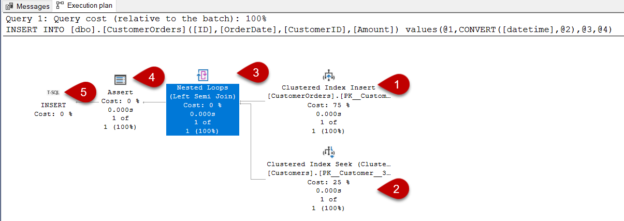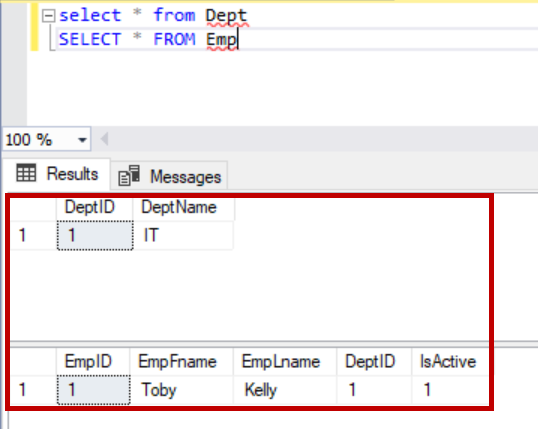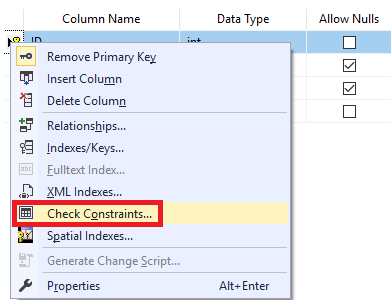This article intends to give comprehensive information about the usage and other details of SQL check constraints.
Read more »



This article intends to give comprehensive information about the usage and other details of SQL check constraints.
Read more »

This article will describe the effect of SQL Server foreign keys on query plans which are created by the query optimizer.
Read more »

In this article, we will review on DELETE CASCADE AND UPDATE CASCADE rules in SQL Server foreign key with different examples.
Read more »

In this article let us review different ways to create a SQL foreign key, rules on updates and deletes, enabling foreign key constraints, disabling foreign key constraints and not for replication in foreign keys.
Read more »

A SQL index is used to retrieve data from a database very fast. Indexing a table or view is, without a doubt, one of the best ways to improve the performance of queries and applications.
A SQL index is a quick lookup table for finding records users need to search frequently. An index is small, fast, and optimized for quick lookups. It is very useful for connecting the relational tables and searching large tables.
Read more »

In the previous article Commonly used SQL Server Constraints: NOT NULL, UNIQUE and PRIMARY KEY, we described, in detail, the first three types of the SQL Server constraints; NOT NULL, UNIQUE and PRIMARY KEY. In this article, we will discuss the other three constraints; FOREIGN KEY, CHECK and DEFAULT by describing each one briefly and providing practical examples.
Read more »

This article explains the SQL NOT NULL, Unique and SQL Primary Key constraints in SQL Server with examples.
Constraints in SQL Server are predefined rules and restrictions that are enforced in a single column or multiple columns, regarding the values allowed in the columns, to maintain the integrity, accuracy, and reliability of that column’s data. In other words, if the inserted data meets the constraint rule, it will be inserted successfully. If the inserted data violates the defined constraint, the insert operation will be aborted.
Read more »
Constraints exist as a way to enforce or document rules within the database. How do they affect performance, and what are the benefits of using them?
Read more »© Quest Software Inc. ALL RIGHTS RESERVED. | GDPR | Terms of Use | Privacy